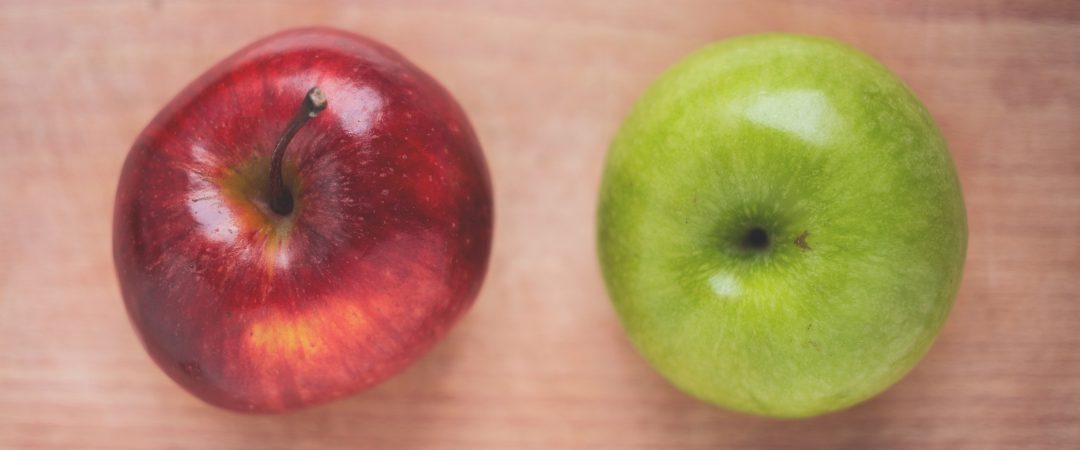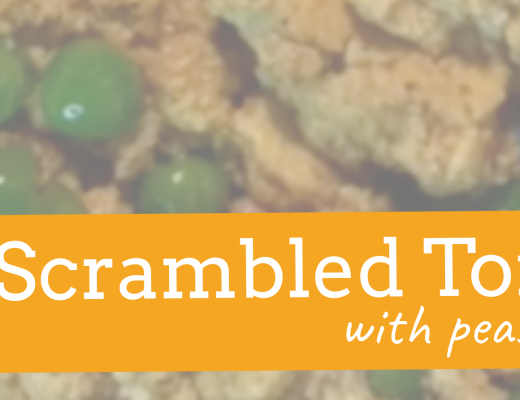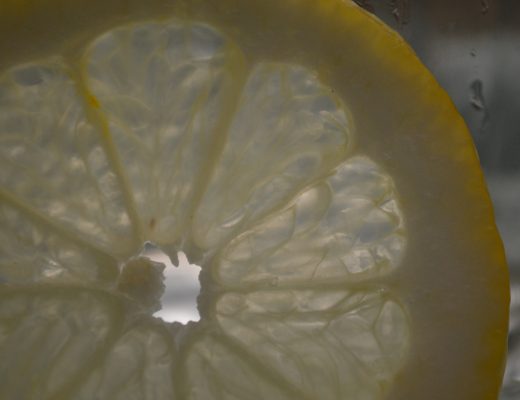Is all food really nourishing? By definition, yes—eating food is, but the types of food you eat can nourish vastly different parts for us. We may find our 2nd piece of chocolate cake as something comforting, but what’s that food doing at a cellular level for our tissues? Some foods increase inflammation in the body, while other foods can work as an anti-inflammatory agent. Why does that matter? Because too much inflammation in the body can literally make you sick. Inflammation is a natural bodily response that helps with healing acute injuries and infections, but inflammation that is ongoing and has outlived its usefulness can impair our health.
Too Much of a Good Thing
Constant overproduction of inflammatory chemicals in the body leads to chronic inflammation. This prolonged exposure to the inflammation can delay healing and even lead to many chronic diseases. Although we can use drug therapy to control inflammation, there’s a simple, cost-effective, and safe way to work with inflammation, especially before it becomes chronic. What’s the solution? It’s an intervention closer to your dinner table than your doctor’s office; it’s food as medicine.
Food as Medicine
According to the World Health Organization, 60 percent of chronic diseases could be improved or even prevented by eating a more healthy diet. Even Hippocrates, commonly regarded as the father of medicine, instructed us [in the 4th century] to “let food be thy medicine and medicine be thy food.” Unfortunately, with the advent of modern technology, invasive medical procedures, and a wide variety of heavy duty medications to treat many diseases, the emphasis on nutrition has taken a back seat. In fact, in most medical schools there is no curriculum regarding nutrition and its health benefits. Thankfully, there’s a slow shift starting at some medical colleges about teaching physicians how to help patients’ battle diseases starting at the dinner table.
Food vs. Disease
On average Americans eat just under 5 pounds of food per day. That’s a lot if we really take a second to think about it. Since we all need to eat, why not use meal times as an opportunity to fill our bodies with substances that reduce inflammation, modulate blood sugar, optimize intestinal bacteria, and improve overall health? A diet designed to reduce inflammation can improve many serious health conditions, including heart disease, type two diabetes, rheumatoid arthritis, Alzheimer’s disease, inflammatory bowel disease, chronic obstructive pulmonary disease, skin diseases, cancer, pain, and even depression.
What makes up an “anti-inflammatory diet”? Well, an anti-inflammatory diet has its roots in two traditional diets—Mediterranean and Asian. There are many studies that show a Mediterranean diet can improve many aspects of our health profile. Likewise, a traditional Asian diet has evidence based health benefits. The ideal anti-inflammatory diet is a blend of the healthiest aspect of both these traditional diet habits.
Mediterranean Influences
The Mediterranean diet includes eating patterns in countries along the Mediterranean Sea, including Spain, southern France, Italy, Greece, Crete, and parts of the Middle East.
This dietary pattern was studied extensive in the Seven Country Study beginning in 1952 by Ancel Keys to compare risk factors for heart disease around the world. It is a plant-based diet using whole grains and nuts. The key components of an anti-inflammatory diet derived from the Mediterranean approach stem from phytonutrients (chemicals found in plants) that have health protective effects for both the plant and for people who consume the fruit or vegetable. These health-enhancing chemicals consist of flavonoids that give the fruits and vegetables their array of colors. Eating more plants also means you will simultaneously be getting more fiber in your diet (from the plants) and that helps reduce cholesterol and improve the health of your digestive tract.
Don’t Forget the Fat
Another important component is the use of healthy fats, primarily extra-virgin olive oil. Olive oil is high in monounsaturated fat, which reduces inflammatory chemicals like leukotrienes and thromboxane. Increased olive oil consumption has been shown to decrease overall mortality and reduce mortality related to cardiovascular disease. Extra virgin olive oil contains anti-oxidants and sterols (these are substances that lower cholesterol).
Do we really need the fat? Yes, fats are important for the proper functioning of the body. They are important components of the membranes of every cell in our body and are pivotal for communication and movement between cells. Fats are essential to the healthy development of the nervous system and are a great source of energy. Unfortunately, there are fats that our bodies cannot produce on their own, so we have to supplement with food; thus, they are called essential fatty acids—think omega-3s and omega-6s.
Fats also regulate inflammation through a chemical pathway called the eicosanoid cascade. As essential fats are processed in the body, like omega-6-fatty acid, can be used to produce pro-inflammatory substances like inflammatory prostaglandins and leukotrienes. Omega-3-fatty acids have the opposite effect and produce anti-inflammatory prostaglandins. Both omega-3 and omega-6 are essential to the body, but it is the balance between that determines their pro or anti-inflammatory effect on the body.
Perfect Omega Ratio / The Anti-Inflammation Ratio
During the Paleolithic period of human existence (which ended around eleven thousand years ago), the dietary ratio of omega-6 to omega-3 fatty acids was 2:1—creating an anti-inflammatory balance. The standard American diet now has ratios from 10:1 to 25:1 causing a pro-inflammatory environment. Foods high in omega-6-fatty acids are corn oil, soy oil, and vegetable oils. They are often found in processed food like crackers or chips that have a long shelf life. The best sources of omega-3-fatty acids are fatty, cold water fish or algae. Algae are the source where fish get their omega 3s, and are available in supplement form. We consume walnuts and flax to increase polyunsaturated fats such as alpha linolenic acid, which can be converted to omega-3 fatty acid in the body.
Asian Influences
A traditional Asian diet is low fat and nutrient dense; this way of eating is full of fruits, sea vegetables, legumes, seeds, and tea. There is a strong reliance on soy based foods, fermented foods, and root vegetables. The nutritional powerhouses in an Asian diet are edible mushrooms, which are a great source of protein, fiber and have antioxidant, anti-carcinogenic, anti-inflammatory, and anti-hypertensive effects. Check out the Cornell China Oxford Project, it studied the health benefits of traditional Chinese diet in detail.
Foundation is Key
The foundation for an anti-inflammatory diet is to increase the intake of beneficial anti-inflammatory foods while reducing or minimizing foods that are pro-inflammatory. Think plant based—substances found in fruits, berries, vegetables, nuts, whole grain, and seafood (oily fish and sea vegetables) can reduce or resolve chronic inflammation. Research demonstrates that these foods reduce excess inflammation, promote health, and may reverse the progression of chronic diseases.
Not Sure Where to Start?
Start where you are by keeping a food journal. Jot down what you eat and drink for the next 2 to 3 days. You can do this with a pen and notebook or try an app right on your smartphone. This will determine your current eating patterns and point out easy areas for improvement. You may gain even more insight into the effects of food by noting down how you felt after eating your meals. Now, identify one area you would like to improve, such as cooking with extra virgin olive oil, consuming more vegetables, or eating less processed foods. Implement one or two changes that will work best for you and practice these consistently for the next 2 to 3 weeks.
Still feel like you don’t know where to start? Try these 6 “starter options” in moving toward a healthier life:
- Replace sugary drinks with clean water and healthy teas.
- Eat more high quality vegetable-based proteins.
- Eliminate trans-fat and limit heavily processed foods.
- Add sensible portions of healthy fats like avocado and nuts.
- Experiment with different edible mushrooms cremini (also known as ‘baby portabellas,’ morels, oyster and shiitake.
- Spice it up with cumin, garlic, ginger or turmeric.
Sources:
http://www.nytimes.com/2010/09/16/health/16chen.html?_r=0
http://sevencountriesstudy.com/about-the-study/history
http://www.cornell.edu/video/playlist/the-china-project-studying-the-link-between-diet-and-disease
Mediterranean diet intervention in rheumatoid arthritis, J Kjeldsen-Kragh; Annals of Rheumatic Diseases; Ann Rheum Dis 2003;62:193-195 doi:10.1136/ard.62.3.193 http://ard.bmj.com/content/62/3/193.full
An experimental study of a Mediterranean diet intervention for patients with rheumatoid arthritis, L Sköldstam, L Hagfors, G Johansson; Annals of Rheumatic Diseases; Ann Rheum Dis 2003;62:3 208-214 doi:10.1136/ard.62.3.208 http://ard.bmj.com/content/62/3/208.full.pdf+html?sid=23849fbf-2b97-48e3-9ecb-e29482d21f0b
Mediterranean Diet, Traditional Risk Factors, and the Rate of Cardiovascular Complications After Myocardial Infarction Final Report of the Lyon Diet Heart Study. Michel de Lorgeril, MD; Patricia Salen, BSc; Jean-Louis Martin, PhD; Isabelle Monjaud, BSc; Jacques Delaye, MD; Nicole Mamelle, PhD. Circulation. 1999; 99: 779-785; doi: 10.1161/01.CIR.99.6.779 https://circ.ahajournals.org/content/99/6/779.full.pdf+html
Every Type Of Mushroom You Need To Know About 03/19/2014 04:15 pm ET | Updated Mar 24, 2014 http://m.huffpost.com/us/entry/types-of-mushrooms_n_4994638.html




